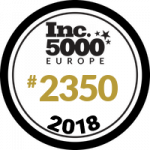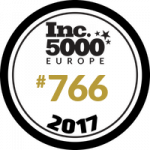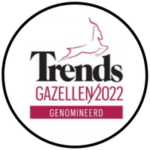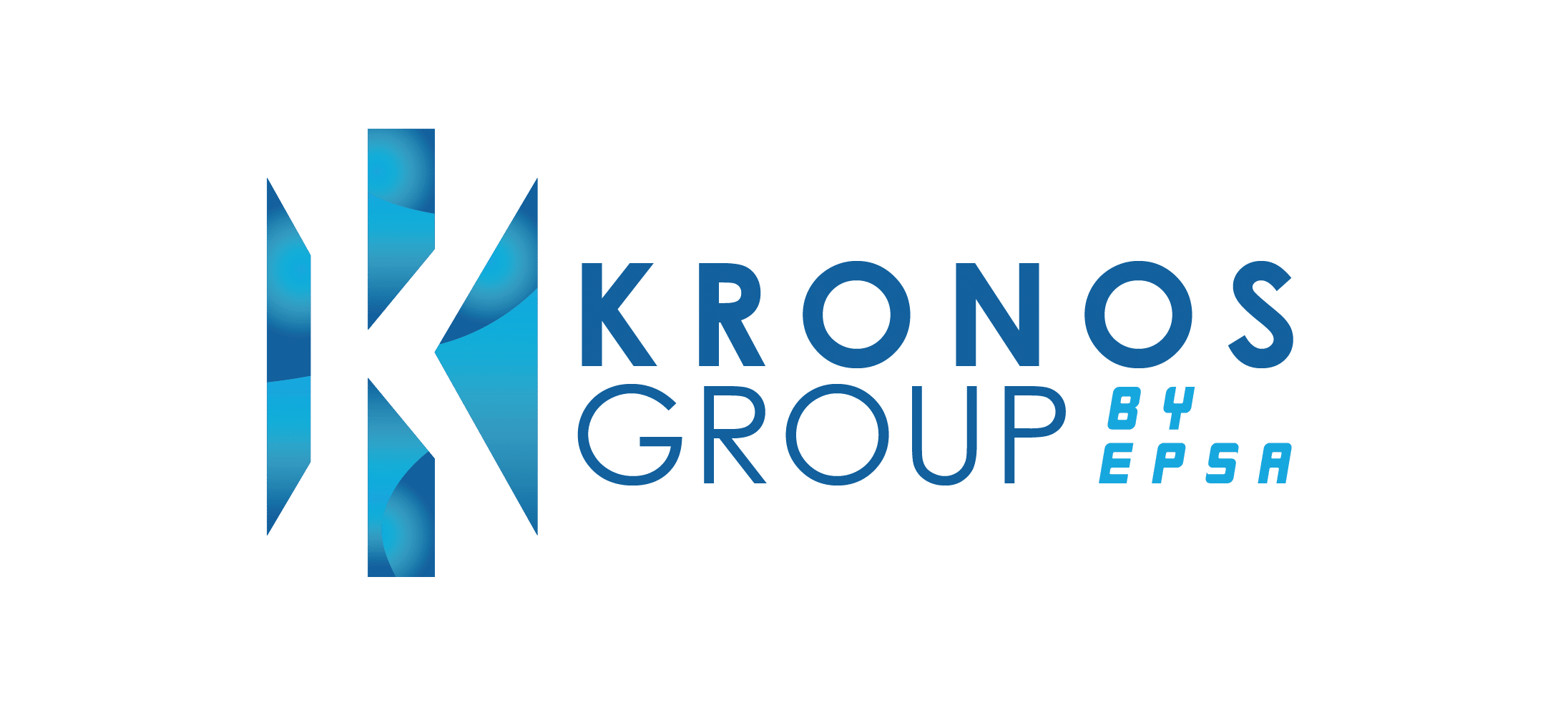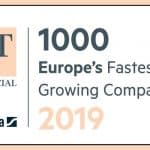Summary In the contemporary business environment, digital procurement is becoming increasingly popular and sought after by businesses around the world. The relationships …
Streamlining your procurement business process: A blueprint for efficiency
What are the benefits of using a mobile procurement system?
The procurement process plays a pivotal and essential role in ensuring the smooth functioning of operations. However, many businesses struggle with inefficiencies and bottlenecks within their procurement processes, leading to increased costs, delays, and missed opportunities.
The procurement business process refers to the systematic approach organisations undertake to acquire goods, services or works from external sources. It encompasses a series of steps from identifying the need for a particular product or service to the final payment to the supplier. The process is designed to ensure that organisations obtain the necessary resources at the right quality, quantity, time, and cost, while also adhering to legal and regulatory requirements.
The procurement business process is a vital function within organisations, driving efficiency, cost savings, risk management, and value creation across the supply chain. By adopting best practices, leveraging technology, and fostering collaborative relationships with suppliers, organisations can maximise the benefits of their procurement efforts and achieve sustainable growth and success.
How do procurement processes draw together the entire organisational hierarchy?
Cost efficiency:
Effective procurement practices enable firms to obtain goods and services at competitive prices, thereby reducing overall costs. Strategic sourcing, negotiation with suppliers, and leveraging economies of scale are all essential aspects of cost-efficient procurement.
Quality assurance:
By carefully selecting suppliers and establishing quality standards, the procurement process helps ensure that the goods and services acquired meet the organisation’s requirements and specifications. This contributes to product quality and customer satisfaction.
Risk management:
Procurement management involves assessing and mitigating various risks associated with suppliers, supply chain disruptions, price fluctuations, and compliance issues. Robust procurement processes help organisations anticipate and manage these risks effectively.
Compliance and legal requirements:
Procurement activities are subject to numerous laws and regulations in areas like supplier diversity, ethical sourcing, environmental sustainability, and labour practices. These requirements help avoid legal liabilities and reputational damage.
Supplier relationships:
Building and maintaining strong relationships with suppliers is critical for long-term success. A well-managed procurement process fosters collaboration, communication, and trust between organisations and their suppliers, leading to mutually beneficial partnerships.
Innovation and competitive advantage:
Procurement is not just about buying goods and services; it’s also about driving innovation and gaining a competitive edge. Engaging with suppliers to identify new technologies or market opportunities can provide firms with strategic advantages.
Operational efficiency:
Streamlining procurement processes through automation, standardisation, and digitalisation can enhance efficiency, reduce cycle times, and eliminate unnecessary paperwork. This frees up resources and enables procurement professionals to focus on value-added activities.
Financial management:
Procurement activities significantly impact an organisation’s financial health, including cash flow, working capital, and financial and budget management. Effective procurement processes help optimise spending, track expenditures, and allocate resources judiciously.
How can you conduct a thorough assessment of your current procurement process?
Conducting a thorough assessment of the current procurement process is crucial for identifying pain points and opportunities for improvement.
Process mapping:
Begin by mapping out the entire procurement process from start to finish. Identify each step involved, including requisition, supplier selection, purchase order generation, receipt and inspection, invoice processing, and payment. Document the roles and responsibilities of individuals or departments involved in each step of the process and note any dependencies, handoffs, or bottlenecks that may contribute to delays or inefficiencies.
Pain point identification:
Interview key stakeholders and gather insights into pain points and challenges they encounter in procurement. Assess communication channels between stakeholders and identify any gaps or breakdowns in communication that may lead to misunderstandings, delays, or missed opportunities and identify tasks that are performed manually. Delays in obtaining approvals can result in longer cycle times and impact supplier relationships.
Data analysis:
Analyse historical procurement data to identify trends, patterns, and outliers. Look for areas where costs are consistently higher than expected, delivery times are longer than desired, or supplier performance falls below expectations. Use key performance indicators (KPIs) such as cycle time, cost savings, supplier management performance, cost optimisation, and compliance rates to assess the effectiveness of the procurement process.
Opportunities for improvement:
Brainstorm solutions and opportunities for improvement. Implement e-procurement management software to automate requisition, approval, and purchase order generation processes. Invest in supplier collaboration platforms to improve communication, collaboration, and visibility across the supply chain. Look for opportunities to standardise processes and suppliers and negotiate terms and pricing to achieve cost savings.
By conducting a thorough assessment of the current procurement process, identifying pain points, and exploring opportunities for improvement, organisations can develop a roadmap for transforming their procurement operations, driving efficiency, reducing costs, and enhancing supplier relationships.
Why is collaboration between stakeholders crucial in business processes?
Emphasising collaboration between procurement teams, stakeholders, and suppliers is crucial for enhancing efficiency, driving innovation, and mitigating risks within the supply chain.
Open and transparent communication channels between procurement teams and suppliers foster understanding, trust, and alignment on goals and expectations. Regular updates on order statuses, market trends, and upcoming projects enable both parties to anticipate needs and proactively address challenges. Feedback mechanisms facilitate continuous improvement and allow for the timely resolution of issues or concerns.
Conducting regular performance evaluations of suppliers based on predefined metrics (e.g. quality, delivery reliability, responsiveness) helps identify strengths, weaknesses, and areas for improvement. Objective performance data enables informed decision-making regarding supplier selection, retention, or termination. Constructive feedback provided during performance evaluations fosters accountability and encourages suppliers to strive for excellence.
Developing strategic partnerships with key suppliers entails deeper collaboration beyond transactional relationships. Aligning long-term goals and objectives encourages mutual investment in innovation, process improvement, and value creation. Strategic partnerships often involve joint initiatives such as product development, cost reduction projects, or sustainability initiatives, driving competitive advantage for both parties.
Collaborative relationships built on trust and mutual respect provide a conducive environment for successful negotiations. Understanding each other’s priorities, constraints, and value propositions enables procurement teams and suppliers to explore win-win solutions. Negotiating from a position of partnership rather than confrontation fosters creativity, flexibility, and compromise, leading to more favourable terms and agreements.
Collaborative approaches to risk management involve jointly identifying, assessing, and mitigating potential risks throughout the supply chain. Sharing insights into market dynamics, geopolitical factors, and supply chain vulnerabilities enhances risk visibility and preparedness. Coordinated contingency planning and risk-sharing arrangements strengthen resilience and minimise disruptions in the event of unforeseen circumstances.
Supplier collaboration facilitates the exchange of ideas, expertise, and resources, driving innovation across the supply chain. Co-innovation initiatives encourage suppliers to contribute insights, technologies, and best practices that address evolving customer needs and market trends. Collaborative innovation can lead to the development of differentiated products, processes, or services that create value and drive competitive advantage.
Fostering collaboration between procurement teams, stakeholders, and suppliers is essential for maximising value, mitigating risks, and driving innovation within the supply chain. By embracing open communication, conducting regular performance evaluations, nurturing strategic partnerships, and adopting collaborative approaches to negotiation and risk management, organisations can build resilient, agile, and competitive supply chains that deliver sustainable long-term success.
Experience the benefits of procurement consultation with Kronos Group
Experience the power of procurement consulting and excellence with Kronos Group, your trusted partner in driving transformative change within the procurement landscape. Through visionary expertise and innovative strategies, Kronos Group specialises in propelling businesses into the future through digital transformation and strategic technology adoption.
Join us on a journey of transformative change within the dynamic landscape of contemporary business. Whether you’re looking to enhance operational efficiency, drive cost savings, or foster strategic supplier partnerships, Kronos Group is here to support you every step of the way.

Fighting the effects of inflation with sourcing and procurement consultants
Stay up-to-date on the latest insights on procurement, finance, and project management.
Summary Strategic procurement has become a necessity in today’s business world and organisations try to remain competitive. Having the right procurement strategies …
Summary The world of consulting has been undergoing a massive transformation and management consulting jobs are experiencing the impacts of these changes. …
FAQ
Sustainable procurement involves considering environmental, social, and ethical factors when selecting suppliers and sourcing products or services. Organisations can implement criteria such as eco-friendly manufacturing practices, fair labour standards, and ethical sourcing policies to ensure sustainability throughout the supply chain. Collaborating with suppliers to achieve sustainability goals and measuring environmental and social impact are processes that are integral to this approach.
Promoting cultural diversity and inclusivity in supplier selection involves actively seeking out and supporting businesses owned by minorities, women, veterans, and other underrepresented groups. Supplier diversity programs aim to create opportunities for historically marginalised communities, foster innovation, and promote economic growth. Organisations can collaborate with diverse suppliers through mentorship programs, capacity-building initiatives, and networking opportunities to drive positive social impact.
Managing procurement risks in a volatile global market requires a proactive and multi-faceted approach. This may include diversifying the supplier base, conducting thorough risk assessments, implementing robust contract management processes, and establishing contingency plans for supply chain disruptions. Leveraging technology, data analytics, and predictive modelling can enhance risk visibility and enable timely risk mitigation strategies.


